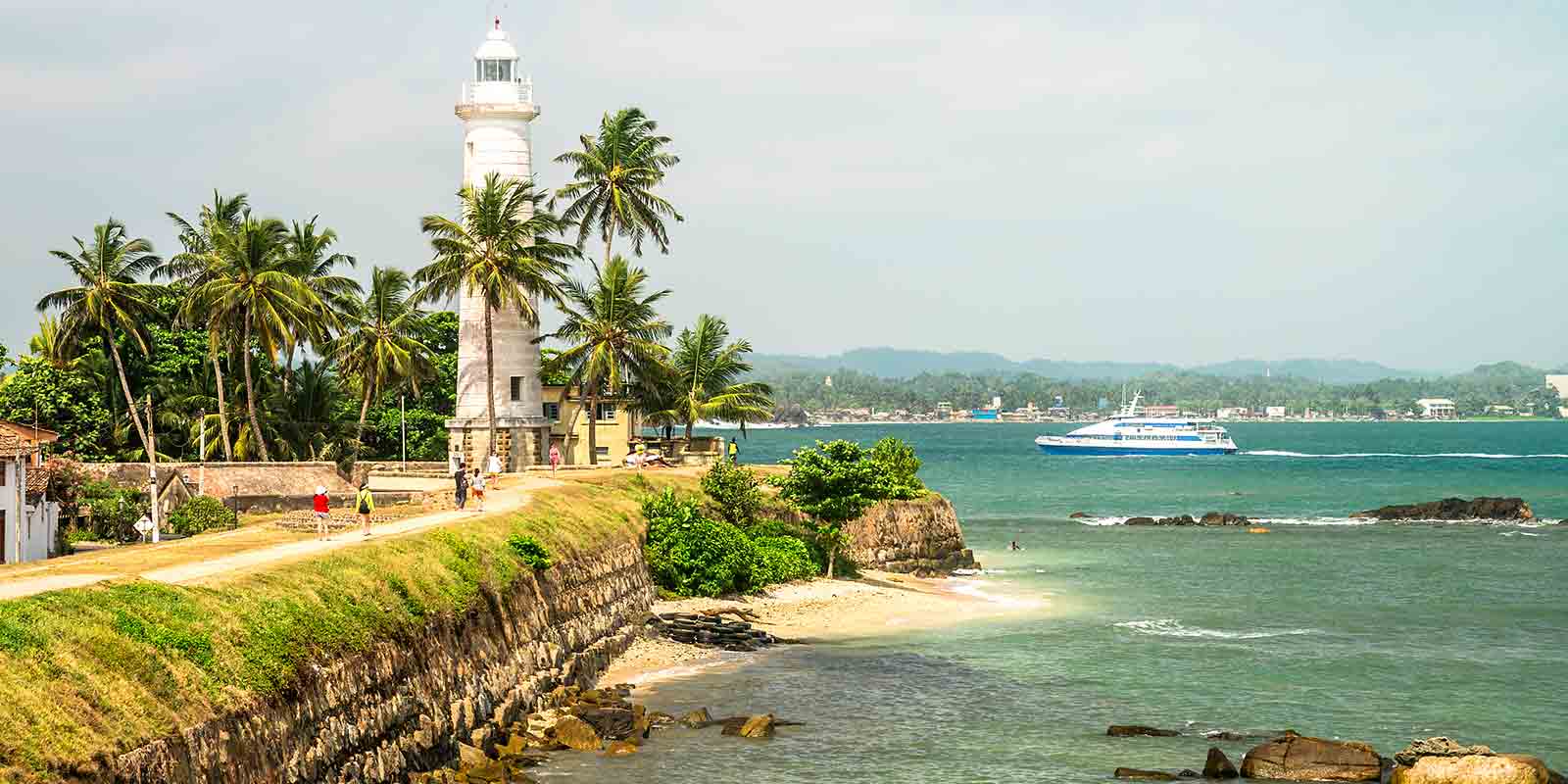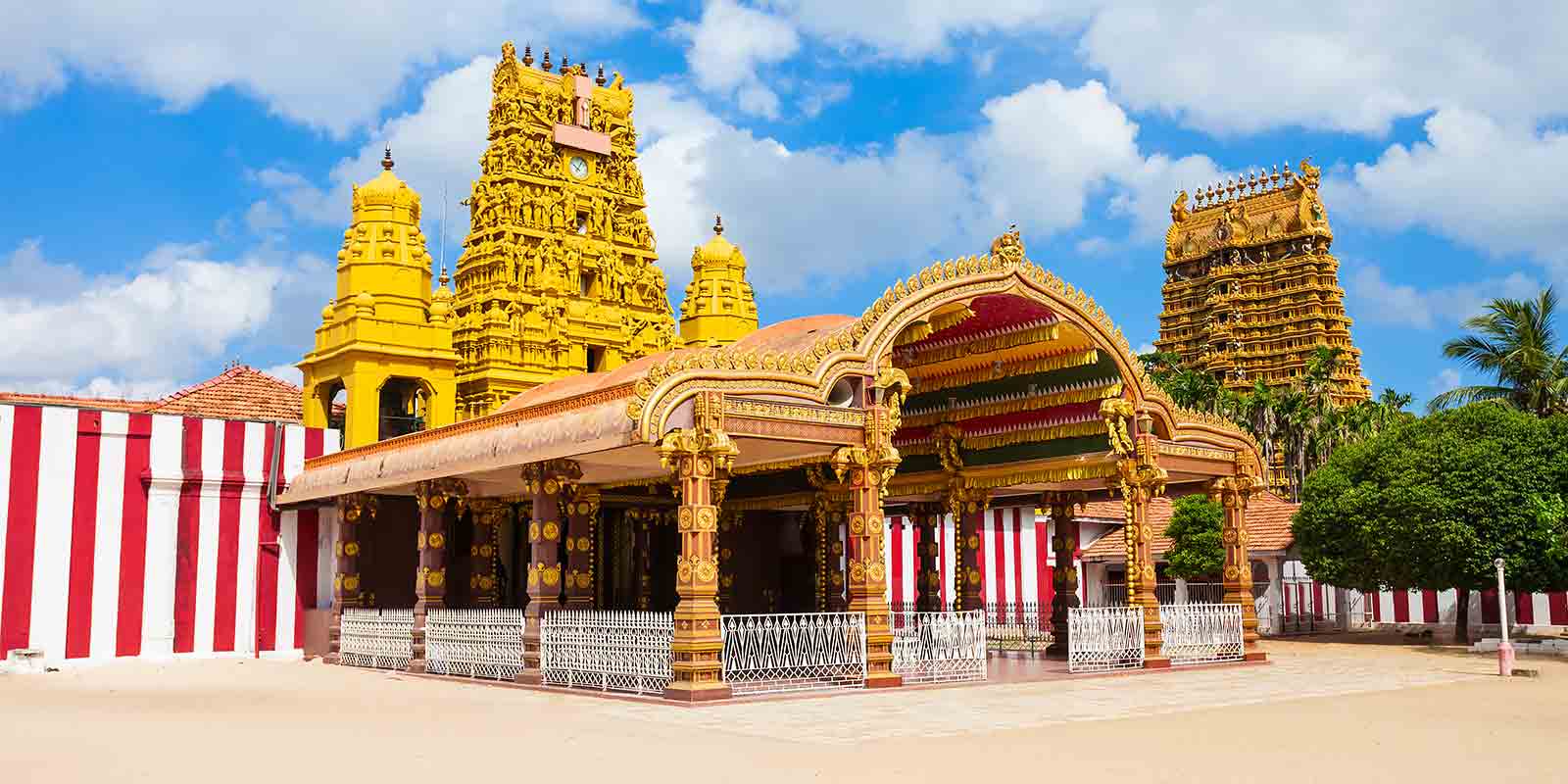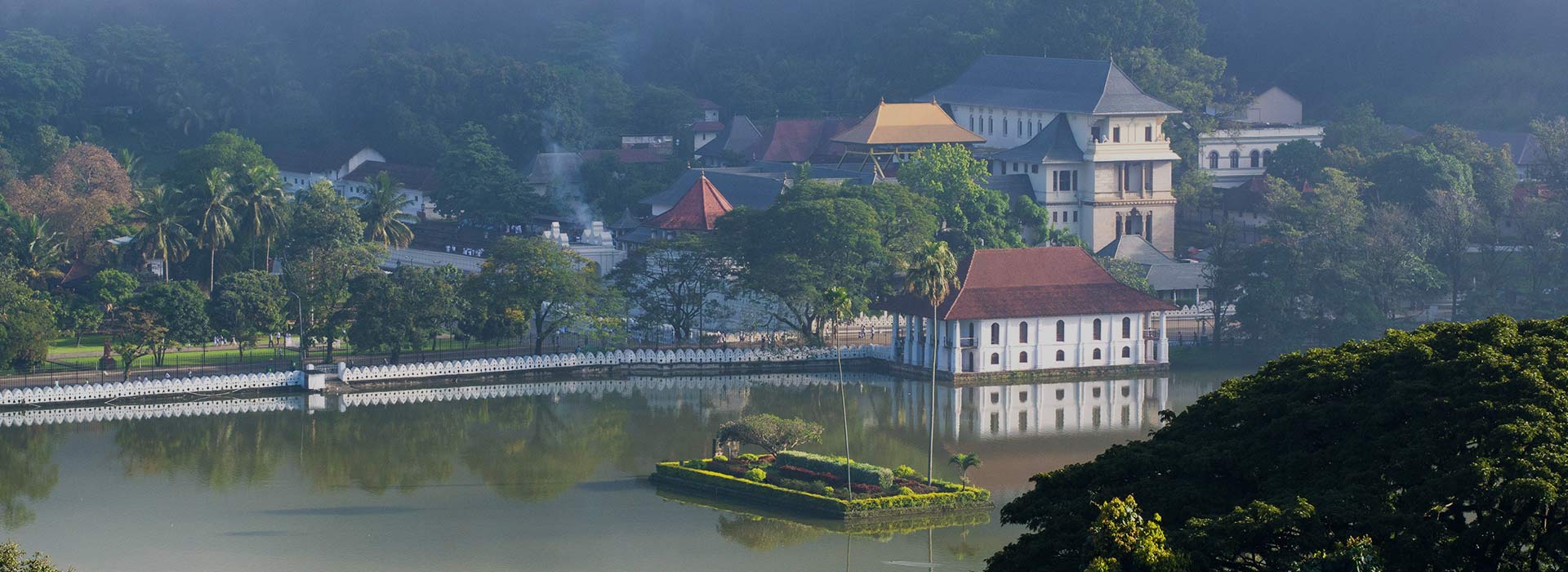Discover Sri Lanka’s Cultural Kaleidoscope
Sri Lanka, often referred to as the ‘Pearl of the Indian Ocean,’ is a captivating tapestry of cultures, traditions, and landscapes. This island nation, with its diverse heritage, offers a mesmerizing journey through time and space.
In this travel guide, we will delve into the heart of Sri Lanka’s cultural kaleidoscope – from the lush Ceylon tea plantations to the historic fort in Galle, from the vibrant Jaffna Fort in the north to the serene Gangaramaya Temple, and from the colourful Nallur Kovil to the iconic Red Mosque in Pettah.
Ceylon Tea – The Taste of Sri Lanka’s Hill Country
Let’s journey to the central highlands of Sri Lanka, where the lush tea plantations offer not just breathtaking landscapes, but also a taste of the country’s colonial history. Ceylon Tea, renowned worldwide for its exquisite flavour, is an integral part of Sri Lanka’s identity. The cool, misty hills of Nuwara Eliya, Ella, and Kandy are dotted with tea estates, and a visit to one of these is a must.
Sri Lanka was once known as Ceylon, and the British, who ruled the island for over a century, played a significant role in the establishment of the tea industry. As you explore the rolling hills, you’ll have the opportunity to tour tea factories, witness the plucking and processing of tea leaves, and even savour a freshly brewed cup of Ceylon tea, all while enjoying the breathtaking vistas of emerald tea fields stretching as far as the eye can see. For the tea connoisseur, a trip to Sri Lanka is incomplete without stocking up on your favourite blends to take back home.
Galle Fort – A Slice of Dutch Colonial Legacy

Leaving the tea country behind, let’s head south to Galle, a city steeped in history and a UNESCO World Heritage Site. The Galle Fort, with its stunning ramparts overlooking the Indian Ocean, is a living testament to Sri Lanka’s colonial past. The Portuguese, Dutch, and British all left their marks here, and the result is an eclectic mix of architectural styles that transports you back in time.
Take a leisurely stroll along the cobblestone streets, lined with charming boutiques, cafés, and art galleries. The Galle Lighthouse, dating back to the 19th century, offers panoramic views of the fort and the surrounding ocean. The Dutch Reformed Church is a fine example of Dutch colonial architecture. As you explore the fort, you’ll discover historical markers, museums, and colonial-era buildings that reveal the rich tapestry of Sri Lanka’s past.
Jaffna Fort – Tracing the Footsteps of Tamil Heritage
From the southern coast, we make our way to the northern part of the island to the city of Jaffna, where a different chapter of Sri Lankan history unfolds. Built by the Portuguese and later expanded by the Dutch, the Jaffna Fort has witnessed centuries of colonial influence. Its solid coral and limestone walls encircle a landscape of remarkable historical value. These walls bore witness to the ebb and flow of power as the fortress changed hands between the European colonists. Each colonial era left its imprint, resulting in a distinctive blend of architectural styles, from Dutch to British.
The Jaffna Fort is not just a relic of the past; it symbolizes the resilience of the island’s northern community and the unwavering spirit of the people. The fort has been a beacon of hope during difficult times, and its preservation and continued cultural significance serve as a testament to the enduring strength of the people of Jaffna. The fort is a living, breathing monument, telling stories of survival, endurance, and the vibrant cultural heritage of Sri Lanka.
Nallur Kovil – Embracing Hindu Spirituality

The Nallur Kovil in Jaffna is a magnificent Hindu temple and is an integral part of the region’s cultural identity. The towering gopuram (entrance tower) adorned with colourful sculptures welcomes visitors into a realm of ancient traditions and spirituality.
The temple’s striking architecture, intricate carvings, and vibrant frescoes narrate stories from Hindu mythology. You can attend a puja (prayer ceremony) to witness the rituals, music, and devotion that define Hindu worship. The Nallur Kovil is a symbol of the strong Tamil Hindu culture in the northern region of Sri Lanka and is a testament to the island’s religious diversity.
Gangaramaya Temple – A Tranquil Oasis in Colombo
Let’s head to the capital city, Colombo, where amidst the bustling streets and modern skyscrapers, you’ll find the serene Gangaramaya Temple. This temple is a symbol of Sri Lanka’s Buddhist heritage and showcases a blend of architectural styles, including Thai, Indian, and Chinese.
The temple complex is a tranquil oasis where you can stroll through beautiful gardens, admire intricate carvings, and witness devotees offering their prayers. Don’t forget to visit the temple’s museum, which displays a fascinating collection of artefacts, including vintage cars and religious relics.
The annual Gangaramaya Navam Perahera is a joyous procession or parade, which was inaugurated in 1979 and still preserved as a cherished tradition. This grand spectacle showcases ornately adorned elephants, skilled traditional drummers, dancers, lights and plenty of colour. Held annually in February, it draws crowds of both local enthusiasts and international visitors each year.
Red Mosque in Pettah – A Symbol of Islamic Heritage
In the heart of Colombo’s bustling Pettah district stands the iconic Red Mosque, also known as Jami Ul-Alfar Mosque. This architectural marvel, built in the early 1900s, is a striking example of Indo-Saracenic style with its vibrant red and white stripes, towering minarets, and ornate details.
It’s a place of worship and a historic landmark that showcases Sri Lanka’s Islamic heritage. The Red Mosque is an oasis of peace in the midst of the bustling Pettah market, and it’s a must-visit for its unique blend of history, spirituality, and architectural beauty.
Christian Churches – A Legacy of Colonial Influence
Sri Lanka’s colonial history has left an indelible mark on its religious landscape, and the presence of Christian churches is a testament to this influence. The country is home to numerous historic churches that reflect the architectural styles of their respective colonial rulers.
Built in 1749 by the Dutch colonisers, the Wolvendaal Church in Colombo stands as a dignified relic from a bygone era. Its history mirrors Sri Lanka’s colonial past, having endured Dutch and later British rule. In the early days, the Dutch added a special pew adorned with exquisite carved ebony chairs. The artistry displayed in the church’s wooden pulpit, baptismal font, and lectern is equally enchanting. The stone flooring tells tales of yesteryear, adorned with tombstones that honour colonial settlers who have long faded from memory.
St. Lucia’s Cathedral was consecrated in the late 19th century, and stands as a testament to the enduring faith of the local Catholic community and the beauty of the Neo-Gothic style that characterizes its design. It features soaring spires, elaborate stained-glass windows, and finely detailed sculptures. Today, it is the largest Catholic Church in Sri Lanka, and is the seat of the Archbishop of the Roman Catholic Archdiocese of Colombo.
The St. Paul’s Church in Kandy, was established during British colonial rule, when the church served as the Garrison church for the British troops. Built in a neo-Gothic style, with a Victorian interior, the church still conducts services and is visited by many devotees. The East window of St. Paul’s Church is a beautiful stained-glass window – a work of art in its own right.
Kataragama – A Multifaith Pilgrimage Site
Our journey through Sri Lanka’s cultural kaleidoscope wouldn’t be complete without a visit to Kataragama, a sacred city in the south of Sri Lanka. This multicultural and multi-religious pilgrimage site is a melting pot of diverse traditions, and it’s a place where devotees from different faiths come together to worship.
The city is home to the Kataragama Temple, dedicated to Lord Kataragama, a deity revered by Buddhists and Hindus. The annual Kataragama Festival attracts thousands of devotees who embark on a pilgrimage to the temple, making it a vibrant and spiritually charged event. This unique fusion of faiths and traditions showcases the harmonious coexistence of diverse cultures in Sri Lanka.
